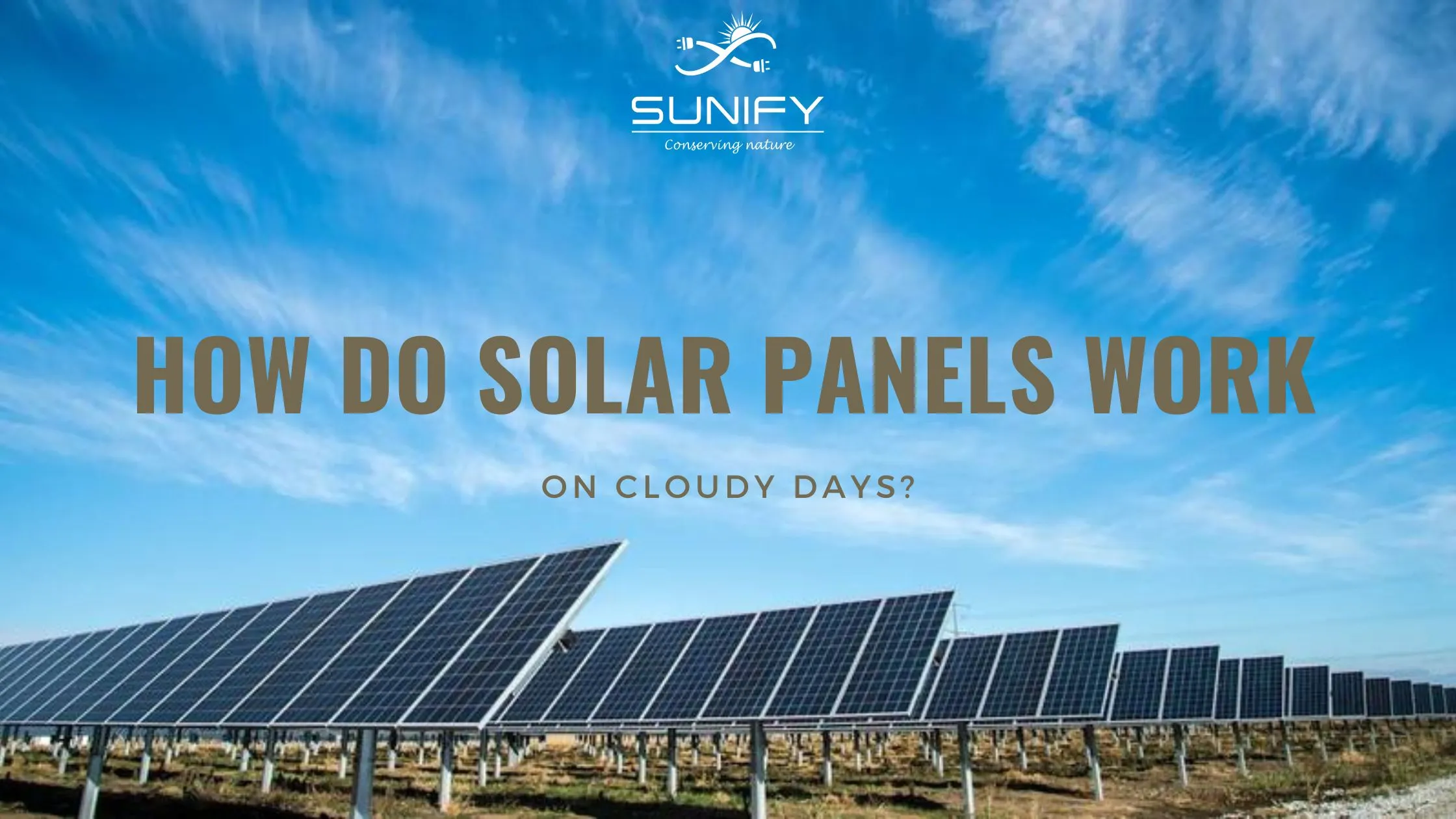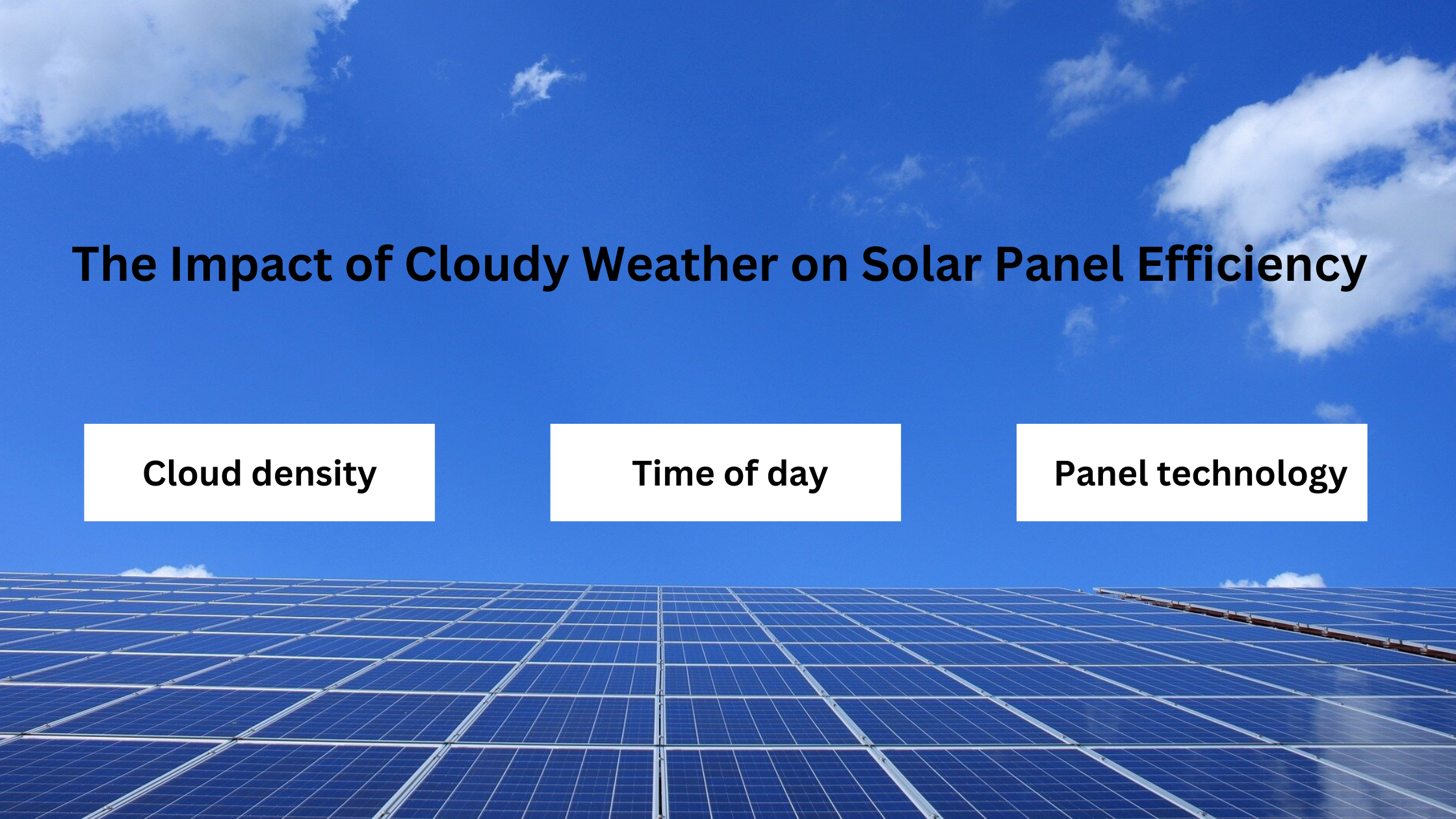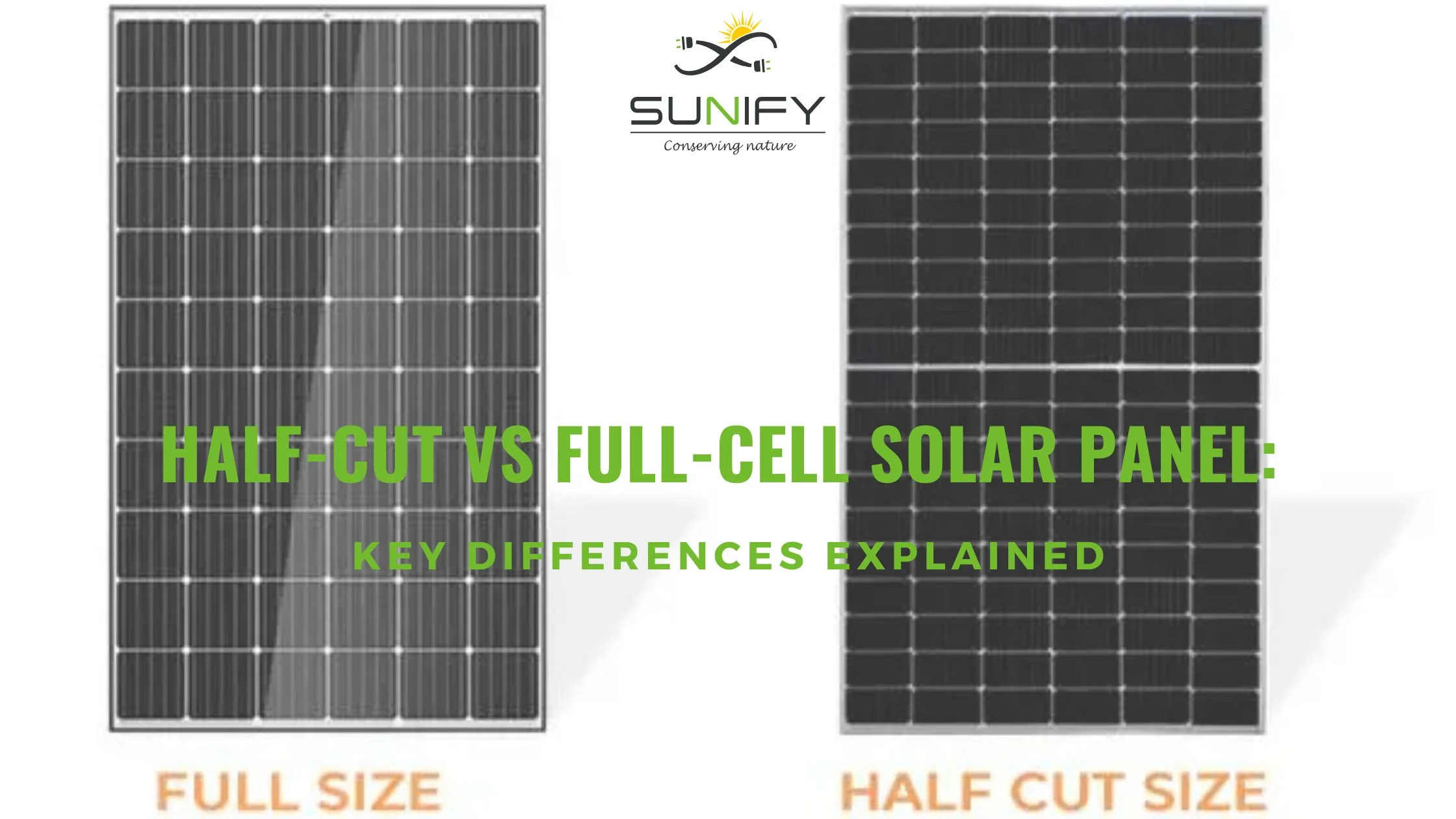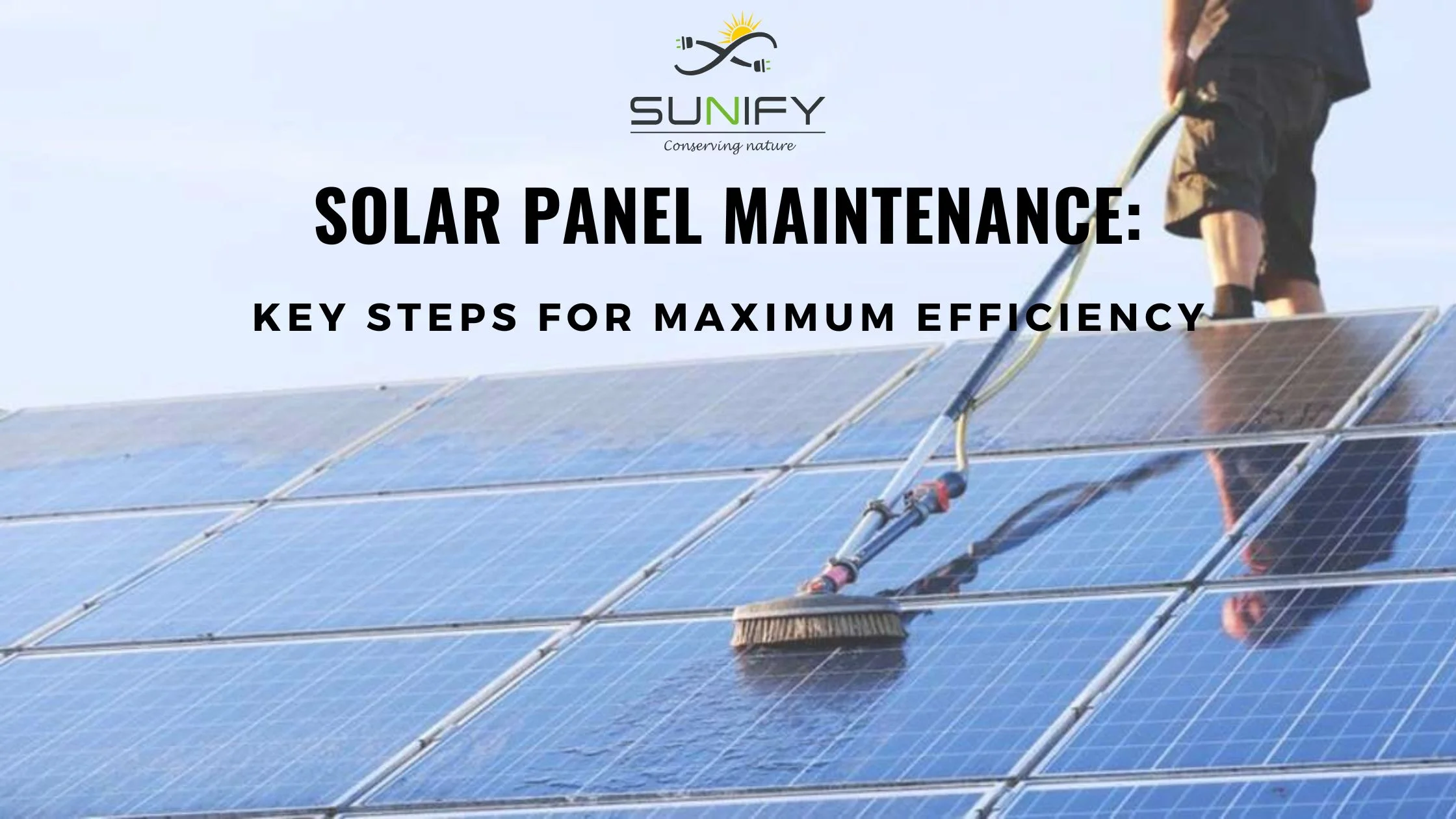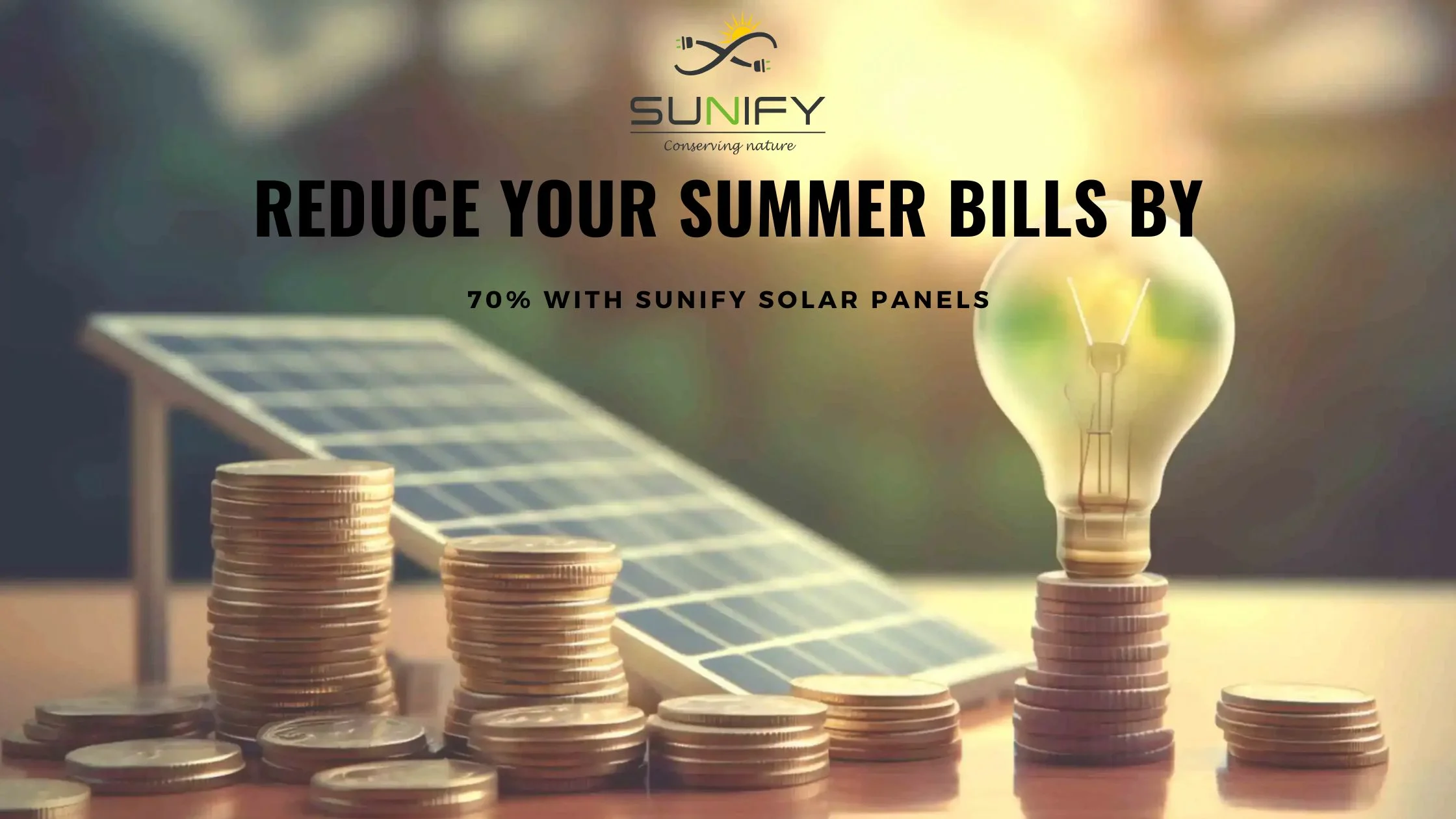
Connect With Our Team
Wonder how solar panels go on and on even during rainy days? You most likely would consider cloudy days as ones that shut down the production of solar energy. However, surprisingly, photovoltaic systems can still capture enough power during gloomy days. Although solar panels produce the most energy in direct sunlight, they are designed to take in a very wide spectrum of solar radiation. You will be amazed at the science as to how solar technology works even in those less-than-ideal conditions and why this is still a great decision for areas with cloudiness.
How Solar Panels Generate Electricity
Solar panels produce electricity through the power of sunlight. This is referred to as the photovoltaic effect, or, in short, converting light energy into electrical energy. In this article, we look at how solar panels work to let you appreciate their working even on cloudy days.
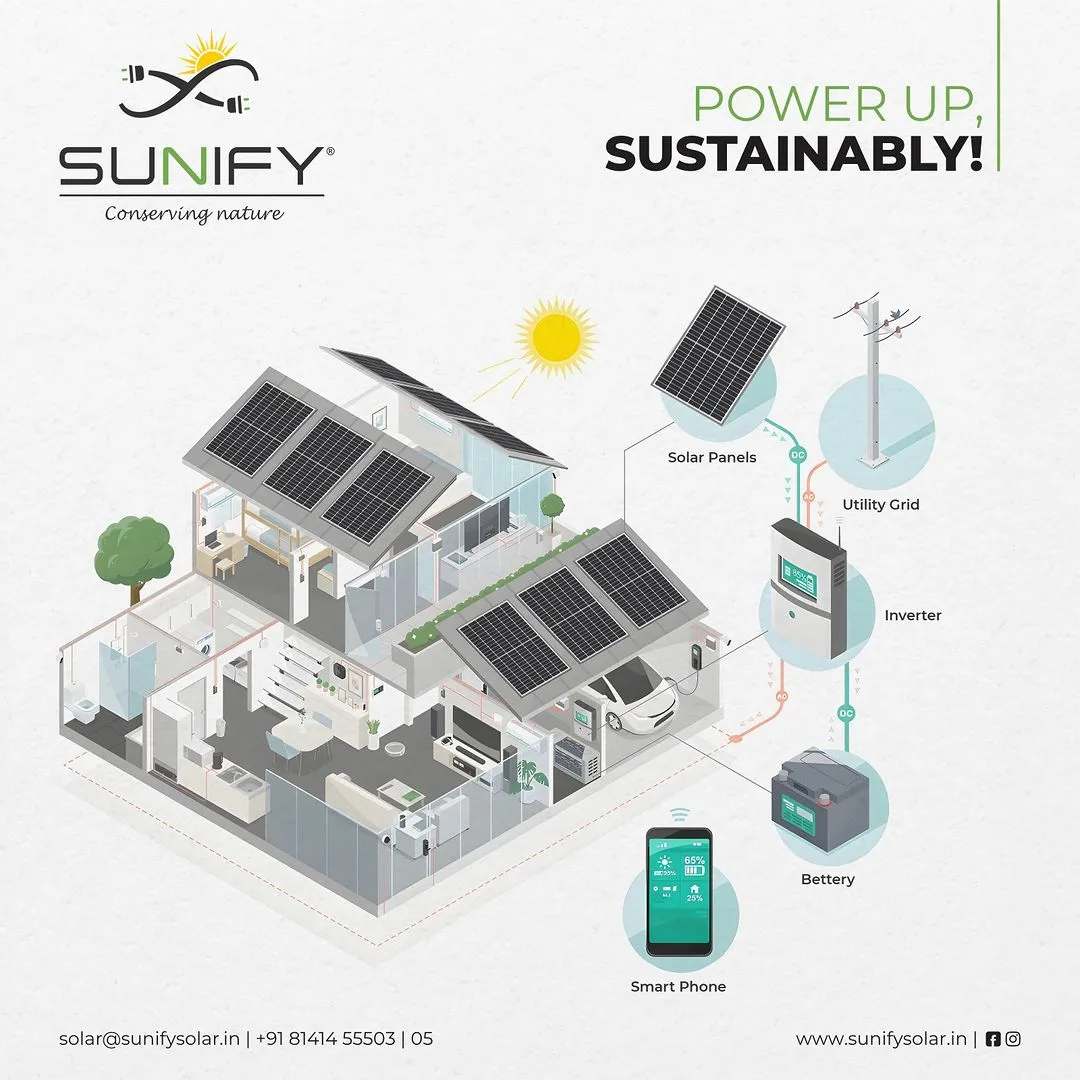
The Photovoltaic Effect
Fundamentally, the photovoltaic effect remains the basis for any solar panel technology. Solar panels work by allowing sunlight to hit the surface of the silicon cells present in the plate. Basically, this sets the electrons in the silicon panel into motion when they elevate to higher energy orbits following perceptions caused by the sunlight. It is this electric current developed once the electrons are put into motion that gets captured and directed by the structure of the panel, converting it into electricity that can power your home or business.
Components of a Solar Panel
Some of the major components of a solar panel add up to produce electricity:
-
Photovoltaic cells: Silicon-based cells are at the core—individual units that turn sunlight into electricity.
-
Glass casing: Protects the fragile elements from agents such as wind, water, etc.
-
Anti-reflective coating: Ensures maximum absorption of sunlight, hence increasing efficiency.
-
Back sheet: Ensures that minimal heat is lost and it's resistant to the entry of water.
-
Frame: Holds the parts together, giving it strength and attachment point during installation.
From Panel to Power
Generated electricity from the solar panels goes through an inverter, which changes the direct current produced by the panels into alternating current used in homes and businesses. After the AC electricity, it goes through the electrical panel that feeds your property, and from there, it supplies your appliances and devices. Any excess electricity will leak back into the grid or be stored in batteries for later use.
The Impact of Cloudy Weather on Solar Panel Efficiency
Understanding Solar Panel Performance in Cloudy Conditions
How Well Do Solar Panels Work When the Sun Is Not Strong? A question that many people installing solar panels have is: will the panels be really efficient during overcast days? We know that a solar panel is able to work well under the rays of the sun, but also, it can generate electricity even on a gloomy day. Solar panels can draw energy from both direct and reflected sunlight—though the amount they produce on an overcast day may not be as much as on a bright one.
Factors Affecting Efficiency
Several factors influence how well your solar panels perform in cloudy weather conditions:
-
Cloud density: Thicker the clouds, more sunlight will get blocked, so the efficiency will decrease more than in thin, wispy clouds.
-
Time of day: Even on days when there are mostly clouds, the noon period remains the most capable of generating light for energy production.
-
Panel technology: Some recent panel designs can do better even in low light.
Quantifying the Impact
All in all, you can usually count on about 10-25% of your rated capacity in your solar panels during heavy overcast conditions. This number may be wide-ranging, depending on the specific weather patterns and your system's setup. The thing to keep in mind here is that while individual cloudy days may significantly reduce the output, often it has less dramatic implications for your annual energy production overall.
Mitigating Cloudy Weather Effects
The following can be done to optimize a solar panel system's performance during cloudy periods:
-
Installing micro inverters or power optimizers to capture as much energy as possible from each panel.
-
Adding a battery storage system to store excess energy generated for low production periods.
-
Keeping the panels clean to capture as much available light as possible.
When you know the impact of these factors and how to implement strategies, you can maximize the efficiency of your system, even when the skies are gray.
Optimizing Your Solar System Performance on Cloudy Days
Maximize Energy Capture
Get maximum efficiency from your solar system on overcast days with some of the following tips. Most importantly, be sure your panels are pointed at an angle optimal to capture as much of the diffused light as possible. While maximally direct sunlight works best, even when the morning and evening rays scatter and the day is cloudy, your panels will still pick up a significant amount of energy. Keep the panels clean and free of debris. Again, even a thin layer of dust will further reduce the already-diminished efficiency in low-light conditions.

Invest in High-Efficiency Technology
High-efficiency solar panels will bring vast improvement in the performance of one's system with overcast skies. These new panels are designed to capture more light spectrums, which include blue light; this light makes its way through clouds more readily than any other color. With micro inverters or power optimizers, each panel shall be optimized for energy output, even when some are partially shaded or with reduced light absorption.
Implement Smart Energy Management
Run your solar power on energy management systems that will optimize the sun's energy when it's cloudy. The systems will be able to prioritize crucial appliances and then redistribute them for more effective use of available energy. This could include battery storage that holds extra energy produced by the sun on bright days to give it out later when the sun is not so bright. This way, you will have a more stable energy supply and, if it is cloudy, you won't be so dependent on the grid.
Monitor and Adapt
Keep monitoring the performance of your system at regular intervals for any defects or underperformance. Most of the modern solar installations are fitted with monitoring software that enables a consumer to view generation and usage in real-time. Use this to your advantage by manipulating your energy usage patterns and fine-tuning your systems for peak efficiency, specifically on successive days of cloudy weather.
Conclusion
As you learned, though at reduced efficiency, it is possible for solar panels to generate electricity even on cloudy days. Even in cloudy weather, photovoltaic cells in solar panels will generate electricity using even the diffuse light passing through cloud cover. Know how solar technology works in different kinds of weather, and you can make an informed decision on whether to implement solar power at your home or business. And in colder climates, remember that long-term benefits will often outweigh occasional downs.
As advancements in solar technology improve, it will also facilitate bettering its efficiency under cloudy conditions; therefore, solar will become growingly feasible to produce sustainable energy in various geographies.
Recently Posted
Whatsapp Chatx
Hi! Click one of our representatives below to chat on WhatsApp or send us email to solar@sunifysolar.in

|
************** +91 81414 55503 |

We will love to hear from you!


